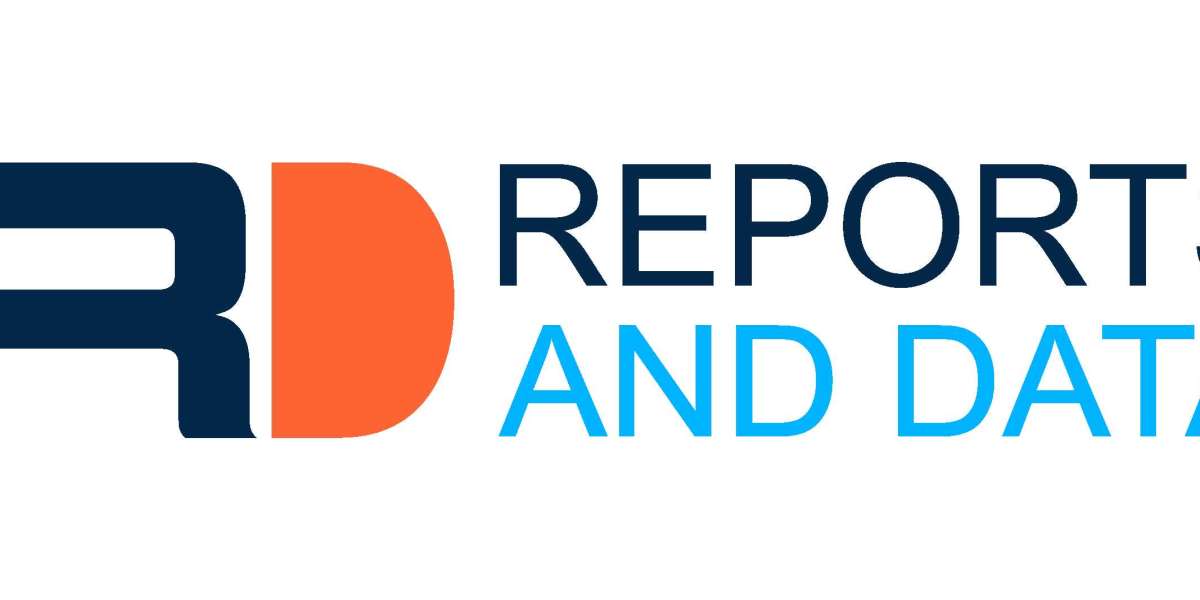Network assurance is a critical aspect of managing and maintaining the reliability, performance, and security of network infrastructures. As organizations increasingly depend on complex networks for their operations, ensuring that these networks function optimally and securely becomes essential. This article explores what network assurance is, its key components, benefits, and best practices for implementation.
What is Network Assurance?
network assurance refers to the strategies, tools, and processes used to ensure the reliability, performance, and security of a network. It encompasses monitoring, analyzing, and managing network performance to prevent issues, detect anomalies, and optimize network operations. Network assurance aims to provide a consistent and dependable network experience by proactively addressing potential problems and ensuring that the network meets performance and security requirements.
Key Components of Network Assurance
- Monitoring and Analytics
Continuous monitoring and analytics are foundational to network assurance. Tools and systems track network performance, traffic patterns, and device status in real-time. By analyzing this data, network administrators can identify potential issues, understand network behavior, and make informed decisions to optimize performance.
- Performance Management
Performance management involves assessing and improving network performance to meet service level agreements (SLAs) and user expectations. This includes measuring key performance indicators (KPIs) such as latency, bandwidth usage, and packet loss. Performance management tools help ensure that the network delivers the desired level of service and identifies areas for improvement.
- Security Assurance
Security assurance is a critical component of network assurance, focusing on protecting the network from threats and vulnerabilities. This includes implementing security measures such as firewalls, intrusion detection systems (IDS), and encryption. Regular security assessments and updates help safeguard the network from cyberattacks and unauthorized access.
- Configuration Management
Proper configuration management ensures that network devices and settings are correctly configured to support optimal performance and security. This involves maintaining up-to-date configurations, managing changes, and ensuring that network devices are configured according to best practices and organizational policies.
- Incident and Problem Management
Incident and problem management involve identifying, addressing, and resolving network issues and disruptions. This includes implementing processes for incident response, troubleshooting, and root cause analysis. Effective incident and problem management minimize downtime and ensure that network issues are resolved promptly.
Benefits of Network Assurance
- Enhanced Network Reliability
Network assurance improves network reliability by proactively monitoring and managing network performance. This helps prevent issues before they impact operations, ensuring that the network remains stable and dependable.
- Improved Performance
By continuously monitoring and optimizing network performance, network assurance ensures that the network delivers the required speed, responsiveness, and efficiency. This enhances the user experience and supports the performance of applications and services.
- Increased Security
Network assurance includes security measures that protect the network from threats and vulnerabilities. By implementing robust security practices and regularly assessing potential risks, network assurance helps safeguard sensitive data and maintain network integrity.
- Reduced Downtime
Proactive monitoring and incident management reduce the likelihood of network disruptions and downtime. Quick identification and resolution of issues ensure that the network remains operational and minimizes the impact of any disruptions on business operations.
- Better Compliance
Network assurance helps organizations meet regulatory and compliance requirements by maintaining secure and well-managed network environments. This includes adhering to industry standards and guidelines related to network security and performance.
Best Practices for Implementing Network Assurance
- Implement Comprehensive Monitoring
Use advanced monitoring tools to track network performance, security, and configuration. Ensure that monitoring covers all critical network components and provides real-time visibility into network operations.
- Establish Clear Policies and Procedures
Develop and document policies and procedures for network assurance, including performance management, security practices, and incident response. Clear guidelines help ensure consistent and effective network management.
- Invest in Automation
Leverage automation to streamline network assurance processes, such as configuration management, performance monitoring, and security updates. Automation reduces manual effort, minimizes errors, and improves efficiency.
- Regularly Review and Update
Regularly review and update network assurance practices to adapt to changing network conditions, emerging threats, and evolving technology. Continuous improvement helps maintain network reliability and performance.
- Provide Training and Support
Ensure that IT staff are trained in network assurance best practices and tools. Ongoing training and support help staff effectively manage network assurance processes and respond to issues.
Conclusion
Network assurance is essential for maintaining the reliability, performance, and security of modern networks. By implementing comprehensive monitoring, performance management, security measures, and incident management practices, organizations can ensure that their networks operate optimally and securely. Adopting best practices and investing in automation and training will further enhance network assurance, providing a stable and dependable network environment that supports business success.
For more info. visit us:








